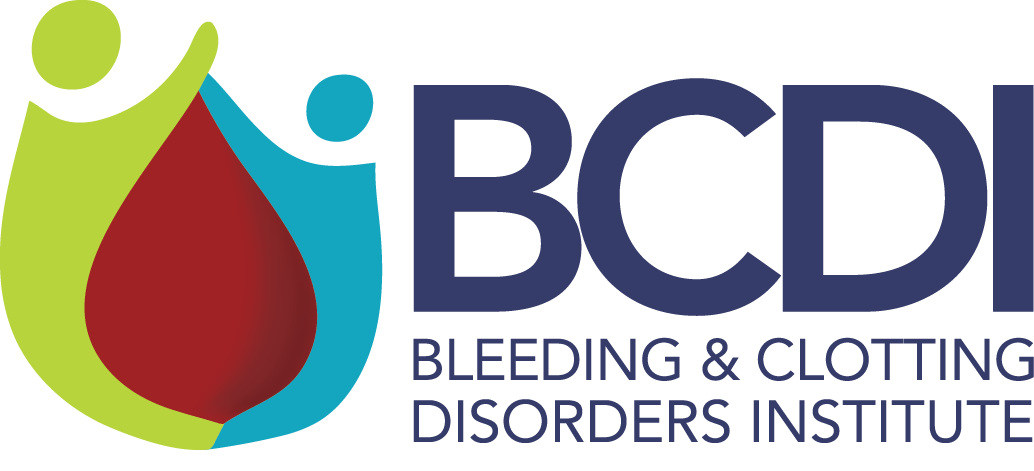Factor II Deficiency
(Also known as Prothrombin Deficiency)
Factor II deficiency is quite rare, with only 26 cases reported in the medical literature. The incidence is estimated at 1 in 2 million. It is inherited in an autosomal recessive fashion, which means it affects men and women equally.
Prothrombin is a precursor to thrombin, which converts fibrinogen into fibrin. Fibrin, in turn, strengthens a protective clot. Factor II deficiency usually takes the form of an abnormality in the structure of prothrombin rather than a lack of the protein itself.
